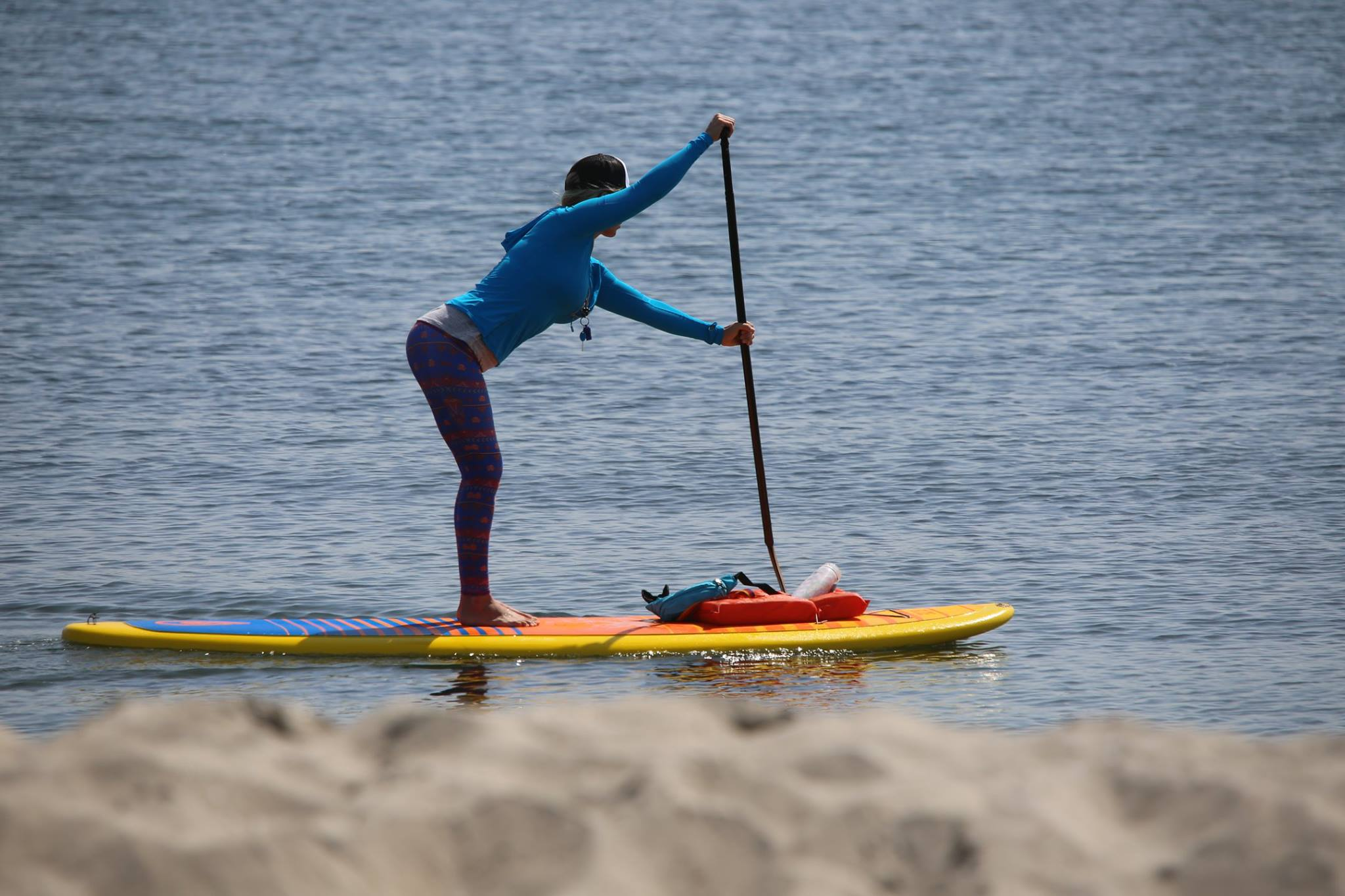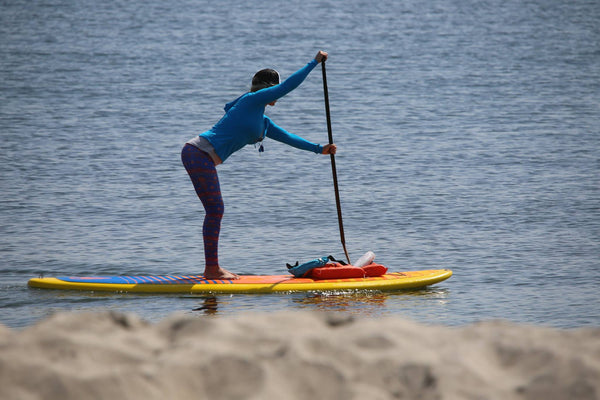
5 Ways to Improve your Paddling
Whether you're navigating the serene waters at dawn or cutting through the waves, mastering the art of paddleboarding, or SUP (stand up paddleboarding), is all about the finesse in your paddle stroke. Dive into these five transformative tips to enhance your paddling prowess and glide through the water with ease and speed.
Key Highlights
- Master the Correct Paddle Hold: Ensuring the paddle blade faces the right direction is crucial for efficient strokes.
- Engage Your Core: Utilize your core, back, and chest muscles for powerful strokes, rather than relying solely on arm strength.
- Extend Your Paddle Stroke: Lengthening your stroke increases speed and efficiency, maximizing the water pulled with each movement.
- Optimize Your Stroke Timing: Withdraw the paddle at your feet to maintain momentum and prevent slowing down.
- Loosen Your Grip: A relaxed grip on the paddle conserves energy and improves endurance, allowing for longer paddling sessions.
1. Master the Correct Paddle Hold
Embrace the Correct Technique: Holding your paddle correctly is paramount. Many beginners often find themselves paddleboarding with the blade facing backward, leading to inefficient strokes and unnecessary effort. Remember, the blade should scoop the water, driving your paddleboard forward efficiently. This correct orientation minimizes the need for frequent side switches, propelling you forward with each stroke.
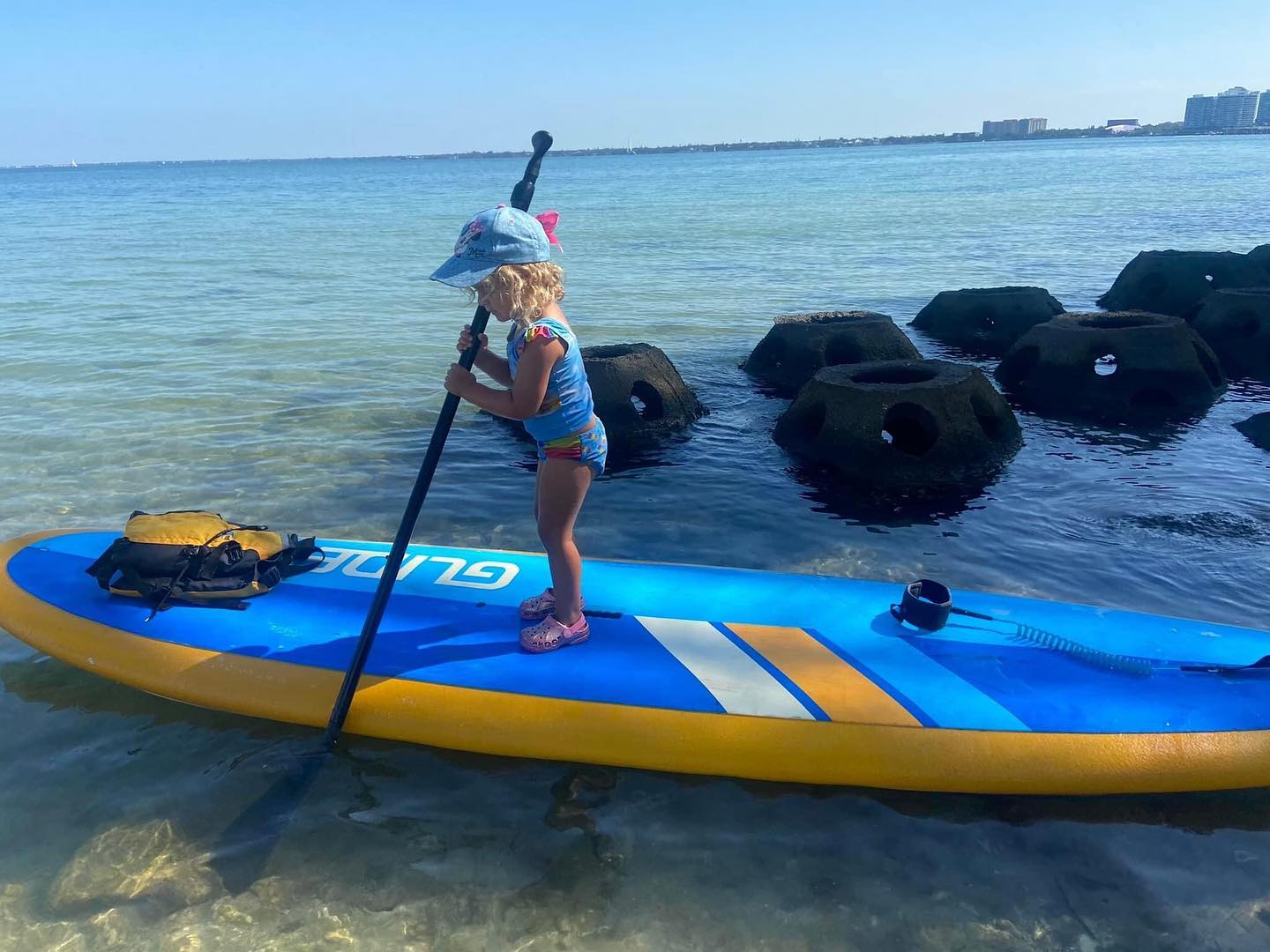
2. Engage Your Core, Not Just Your Arms
Power Through Your Core: Paddleboarding isn't merely an arm workout; it's a symphony of strength involving your entire body. The secret? Engage your core, back, and chest muscles to harness the true power of your stroke. Keep your arms extended, acting as levers, to translate the core's force into a powerful thrust forward.
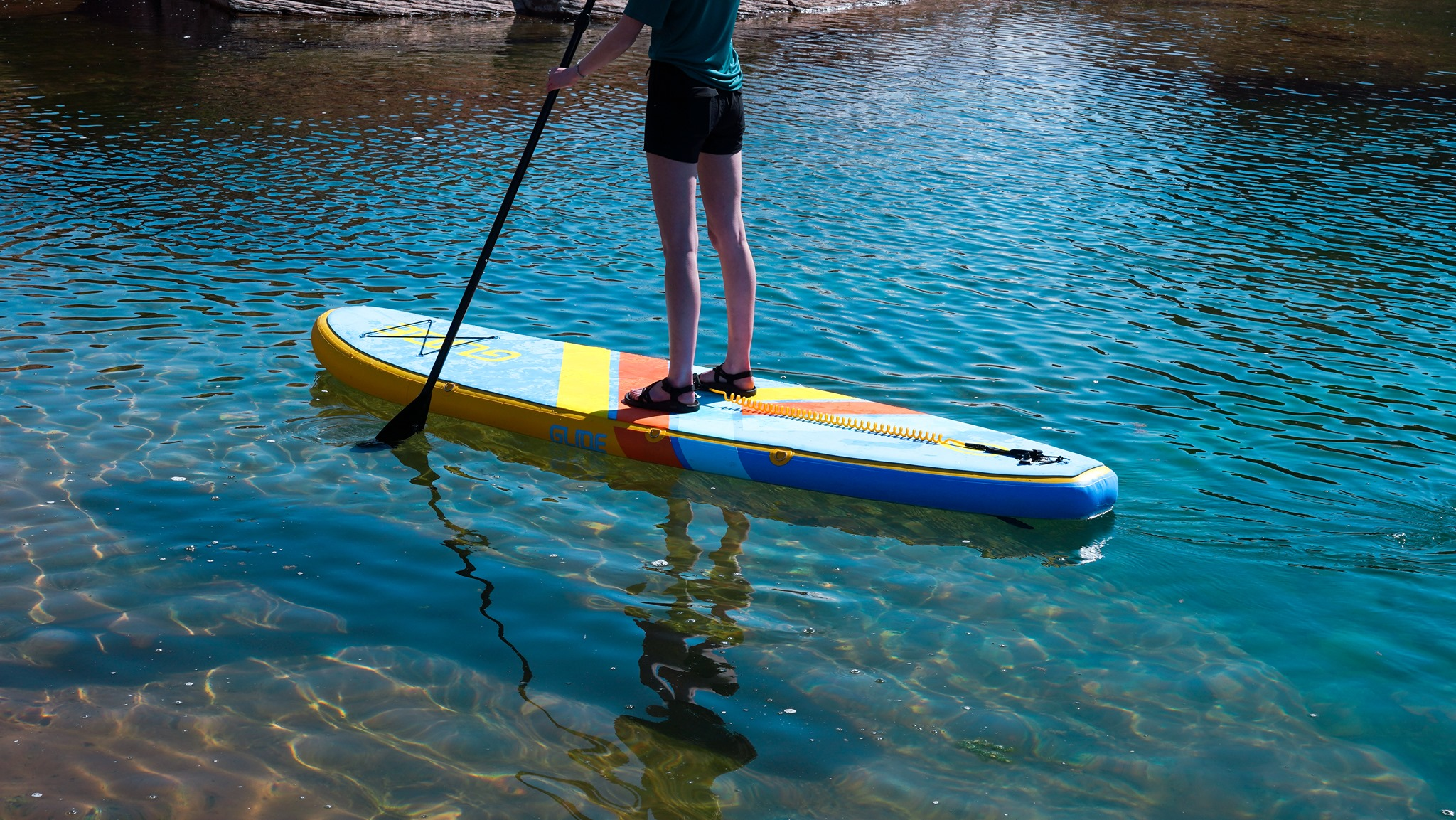
3. Extend Your Paddle Stroke for Efficiency
Maximize Each Stroke: Imagine casting a line when you "throw" your paddle blade into the water. This visualization helps extend your stroke, pulling more water with each movement, thus increasing your speed and efficiency on the paddleboard. Practice this technique to perfect a fluid, balanced stroke that propels you forward with minimal effort.
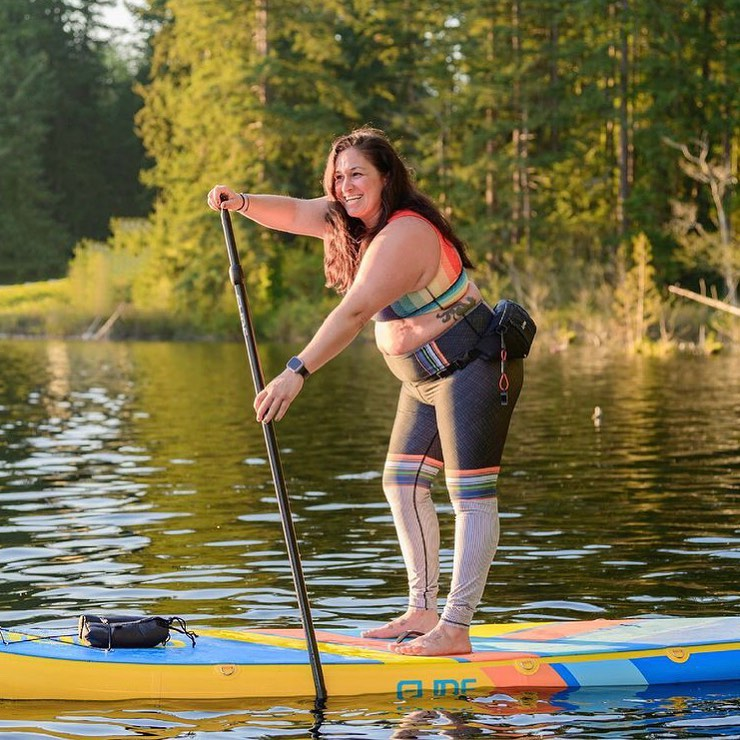
4. Optimize Your Stroke: Withdraw at Your Feet
Timing Is Key: Withdraw your paddle from the water as it aligns with your feet to avoid losing momentum. Continuing the stroke beyond this point can slow you down, acting as a brake. Efficiently timed withdrawals ensure a continuous, powerful glide across the water's surface.
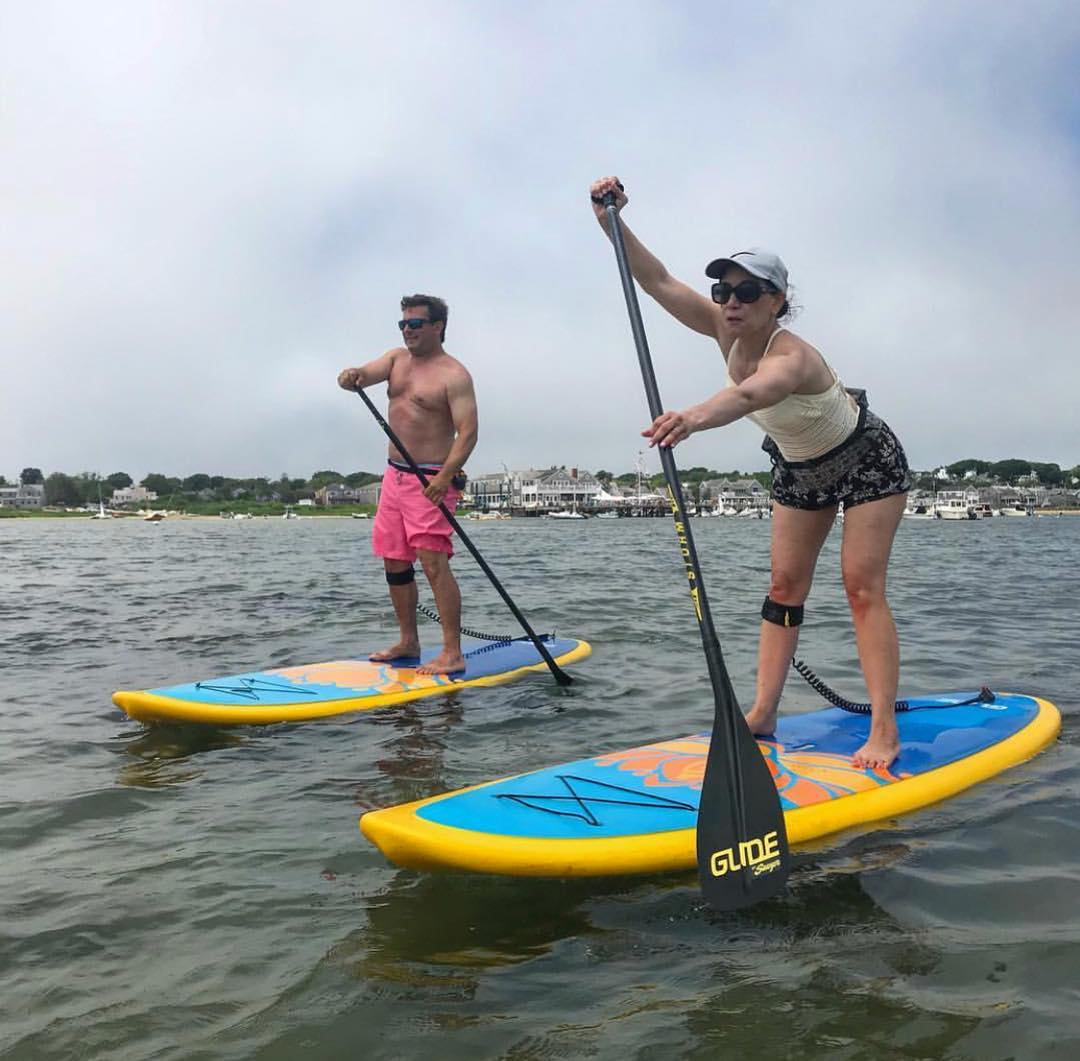
5. Loosen Your Grip for Endurance
Relax Your Hold: A tight grip on your paddle not only tires your forearms but also reduces your overall efficiency. By adopting a looser grip, you'll conserve energy, reduce strain, and enjoy longer sessions on the water. Think of it as holding a bird: firm enough to keep it from flying away, yet gentle enough to not harm it.
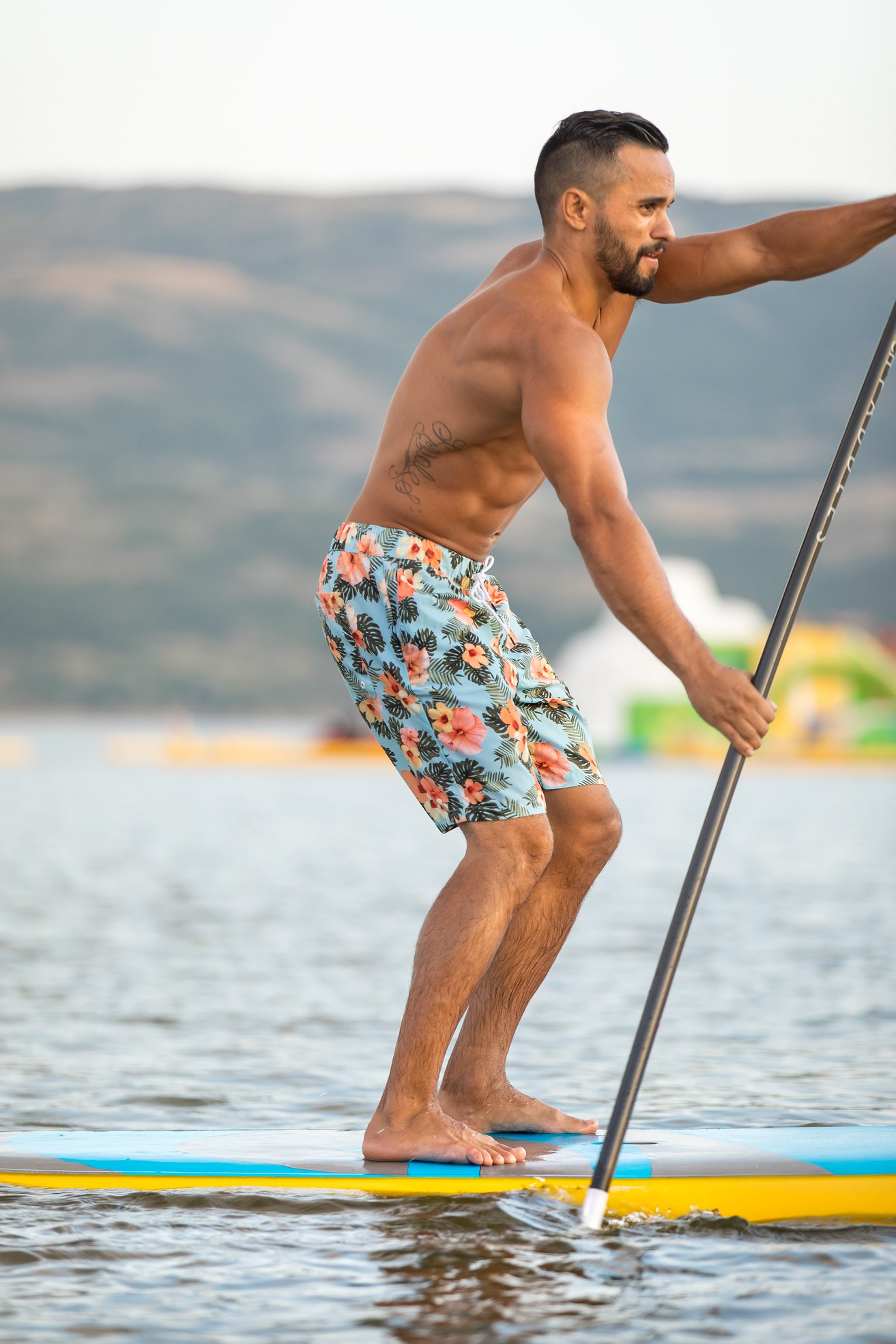
Conclusion: Refine Your Paddleboarding Skills
By integrating these five key tips into your paddleboarding routine, you'll notice a significant improvement in your technique, efficiency, and enjoyment of the sport. Paddleboarding is a journey of continuous learning and practice, and mastering these nuances will set you apart on the water.
